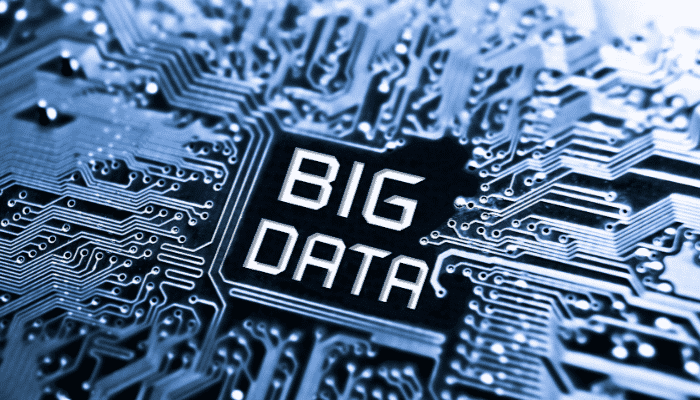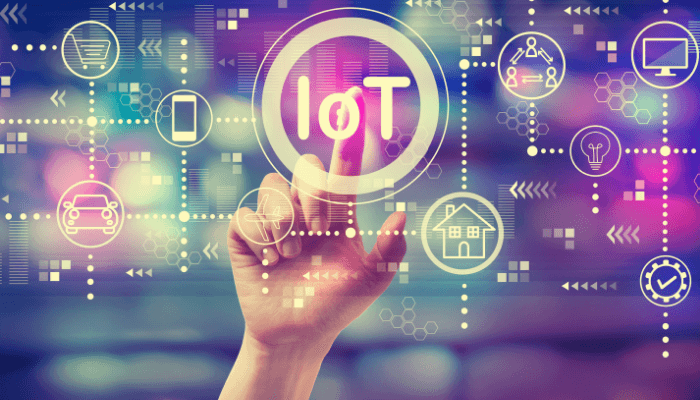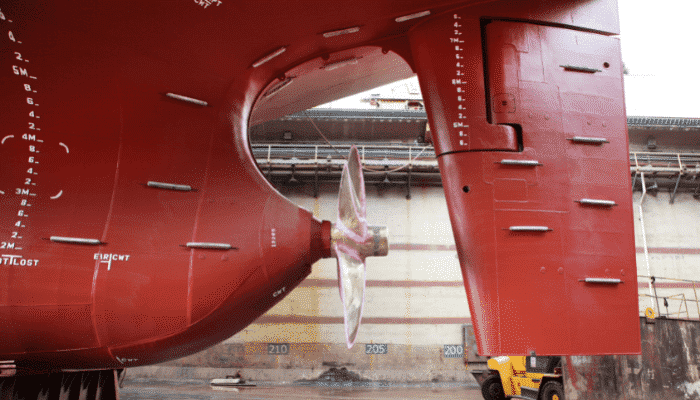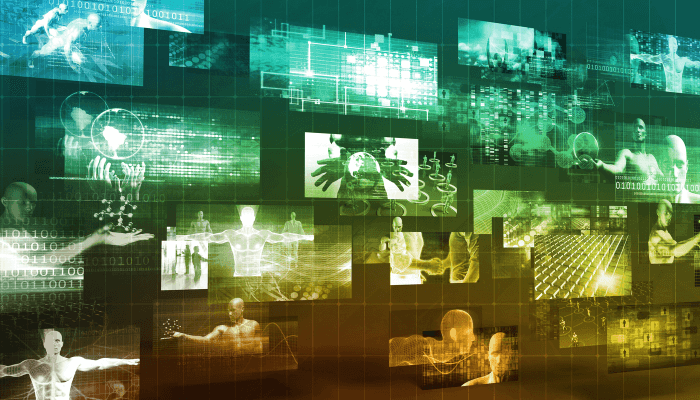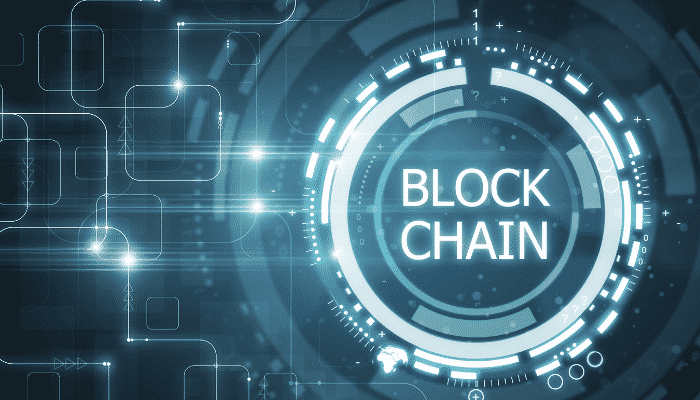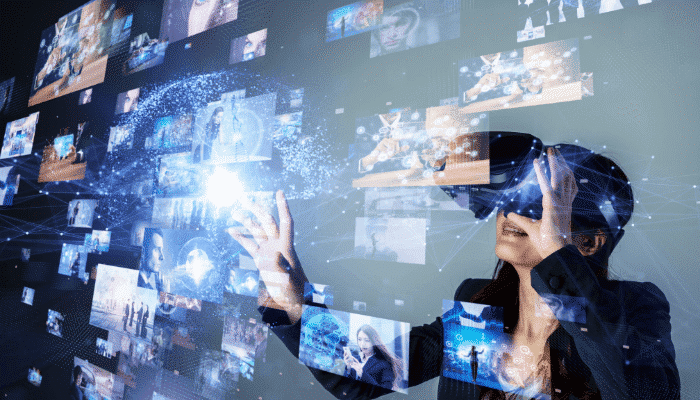10 Smart Ship Technologies For The Maritime Industry
As the world progresses towards a higher level of autonomy, the shipping industry is also adapting to this trend with smart ship technologies. Autonomous technology for ships, the Internet of Things (IoT) and data analytics represent the modern features that companies and the entire maritime industry strive to achieve.
Autonomous technology refers to giving the software a higher degree of freedom in making key decisions, after factoring in a variety of parameters. IoT is a relatively new technology that enables users to connect everyday objects to the cloud or the internet. This allows people to control everyday objects with the touch of a button.
Data analytics is the backbone behind all new technologies, which allows scientists and engineers to mine and collect useful information from piles of data that would otherwise have been impossible to analyse.
By incorporating these features into the shipping industry, we can improve shipping efficiency, time management and higher output from this domain. In this article, we look at 10 key innovations that can revolutionize smart ship technology.
1. Artificial Intelligence – Digital Cargo And Bay Arrangement Optimization
Billions of dollars worth of goods are transported on a daily basis through waterways and more than a billion containers make the journey through several ports across the globe.
Some of these are high priority items that have a fixed timeframe within which they must be shifted to a new port. Others, have longer time allowances and are not classified as urgent or immediate-transport goods.
Being able to classify and differentiate containers and goods on the basis of their timeframe of delivery is very important. This can ensure that goods with an urgent requirement are given priority over other items and are loaded onto the container vessels reaching the destination at the earliest. This streamlines the flow of commerce and commodities between ports.
In addition, by having goods properly distributed between the hundreds of vessels passing through a port, terminal traffic can be reduced.
According to a report, on average 30 – 40% of the transportation capacity on ships is empty space. With digital cargo optimization, the empty space can be reduced below 15 – 20 %.
Container ships and other cargo vessels carry hundreds of containers that vary in size, weight and destination. These variables make the order of arrangement very important in improving efficiency.
For instance, it is likely that the first container to be unloaded might be at the very bottom. The port terminals would have to unload all the cargo above it to access the required container.
Although the twenty- and forty-foot containers (TEU and FEU) are the industry standards, concessions are made for unusual cargo, and the size of the modified containers might vary.
Thus, if they are inaccurately positioned, it might be an inconvenience to further loading. Similarly, weight is a factor that determines the order of stacking.
Heavier loads must be concentrated in such a way that they do not damage other containers and distort the stability of the vessel.
With so many parameters and deciding factors, it is cost-effective to have technology such as digital optimization take over and decide the best container bay arrangement.
2. Big Data Analysis
Data analytics hinges upon the mining, collection and inferences are drawn from large stockpiles of information that come from large operation environments such as ships and ports. This could include data regarding container types, weights and destinations, or data about the ship itself such as trim, stability, engine performance and communication.
With such a large number of variables, and thousands of ships plying the world’s oceans at any given point in time, using this data in a constructive manner can be challenging.
Data analytics sorts arrange and attempt to correlate the multitude of information to draw useful conclusions.
For example, it could yield results about historic container trends, ocean conditions and ship response to various changing weather conditions. Being able to view these inferences will enable companies to analyse various performance parameters that they can use to better efficiency.
3. IoT on Vessels
The Internet of Things (IoT) enables users to controls everyday objects with the help of their phone or a consolidated control system such as a remote. This means people can turn electrical systems on and off, move doors and open windows by tapping a button.
Such technology holds immense applications in the field of shipping since this provides remote control to the vessel operator or passengers that would have otherwise required physical presence.
For instance, on passenger’s vessels, individual cabins could be remotely accessed with the help of an app or remote that guests would be provided with.
Lights, fans, doors and even objects could be closely monitored without even having to step foot in the rooms. Similarly, in the event of an emergency, the master or captain of the vessel would have remote access to the cabins that could prove decisive.
In the case of container ships or other cargo vessels, IoT would enable control of hatch doors, bays, bulkhead systems and hydraulics without the need for an individual to be permanently present on site.
Container ships are massive and are often manned by a crew of only thirty to forty people, comprising engineers, technicians and other personnel.
In such a case, having remote access would save considerable time in operations, as well as provide the captain with an enhanced level of control over machinery.
Hatch doors and bulkhead systems have to be closely monitored during port calls, loading and unloading operations. By allowing a single individual to monitor and control the systems, it would free up personnel for more important tasks.
This same technology can be adapted and integrated into nearly every corner of a ship, from marine controls to electrical appliances, and endless possibilities.
4. Digital Route Management of Ships
In general, ships follow routes that are pre-set and have been determined based on several input data. The idea is that by studying ocean conditions, historic trends and other factors, ship operators can sketch an accurate route that will take the least time.
However, ships can often have journeys lasting several months, and it is not feasible to accurately predict conditions in advance.
Real-time route management can play a major role in improving the journey duration and efficiency. Considering the long periods that ships remain at sea, and the possibility that ocean conditions can vary drastically over the matter of a few hours, it is important that real-time data is available for ship operators to use.
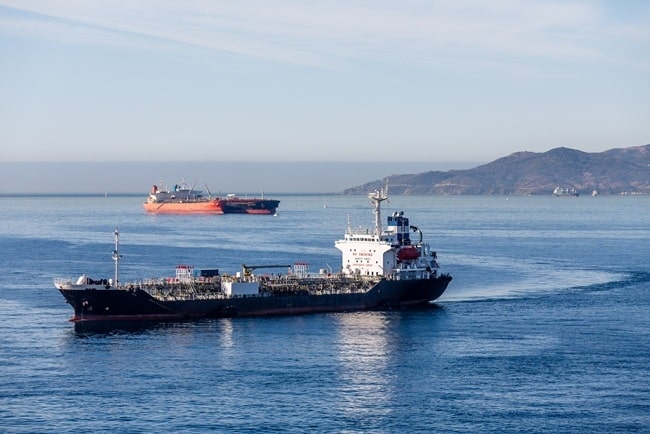
This can include weather patterns, piracy alerts, port traffic and other varying parameters. In addition, by allowing computational software to handle the routing, an accurate path can be developed that factors in several variables.
5. Smart Manoeuvring Control / Autonomous Control
On land, self-driving cars use autonomous technology to make decisions based on the route they traverse. This includes detecting pedestrians, other cars and traffic signals as well as remaining on the road without losing control.
In the shipping industry, implementing such autonomous control is a major operation, since ships are considerably larger and more complex than cars.
Integrating smart technology such as AI and machine learning into the manoeuvring systems would enable vessels to stay accurately on course without requiring constant input from the helmsman or captain. This reduces the chances of human error, and also allows real-time route information to be implemented immediately.
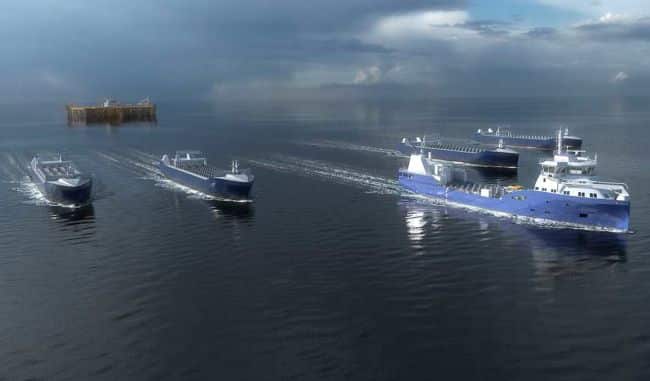
This technology also contains immense scope in port operations. Generally, wharves are restricted spaces with vessels such as tugs are present. To be able to safely berth without colliding, smart ship technology can be used to aid the captain in navigating the vessel.
6. Smart Propulsion Systems
As demands on ship propulsion systems grew and larger outputs were required, smart technology was also developed to provide a greater degree of control to the captain of the ship. This enabled the pitch, angle, rack, and speed to be controlled to exceedingly high tolerance values.
However, it also placed a large demand on the judgement capabilities of the engineers and captain, which provided scope for human errors.
With a higher degree of control comes a higher risk of damage to equipment or the vessel itself. Thus, entrusting control of the propulsion systems to smart technology enables a computer to make decisions and control the equipment with a high level of accuracy.
This allows the captain to remain in control of the vessel without having to constantly monitor the propellers. Similarly, marine engineers can allow the software to monitor the status of the marine diesel engines so that they always remain within the acceptable operating regions.
7. Integrated Control Systems
A ship is a huge entity, spanning hundreds of meters in length, with several decks and thousands of personnel. Keeping an eye over the entire vessel and all operating systems can be a feat to accomplish.
Integrated control systems provide a unique solution to monitoring the various systems and components that make up massive vessels.
These systems use smart technology that connects the parts of the ship to a central server. This can include propulsion, manoeuvring controls and communication that are managed by individual units.
With a consolidated overview present on the server, the captain or officers can view the operation of any part of the ship at any time.
In case performance values such as engine rpm or equipment temperature go outside the accepted ranges, an alert will be forwarded to the concerned unit and to the bridge.
This improves the safety and maintenance of the vessel in addition to providing the ship’s operators with an overview of the vessel performance.
8. Smart Defence Technology
The shipping industry encompasses the defence field as well. The navy aside, supply and relay vessels that form the backbone of any country’s defence are a major focal point.
Implementing smart technology in these domains would allow navies to become self-reliant and extremely efficient. For instance, during times of war, provisions and ferrying equipment to control ships such as aircraft carriers can be a major task.
By implementing smart technology that accurately routes, deploys and controls supply vessels would allow the logistics division of the navy to be used in a more efficient manner. In addition, by having the software monitor stores and reserves, orders and tenders could be placed or created without having to wait for the relevant authority to take action.
To ensure the highest level of standard in running military operations, all such actions taken by the smart technology should preferably be routed through an individual who can verify and activate the suggestions forwarded by the software.
9. Blockchain technology
Blockchain is one game-changing technology that is said to revolutionise the industry. It is supposed to the next giant step in the aspects of payments by providing a quick, secure and transparent way of collecting payments from any place in the world.
However, over the last several years, blockchain technology has evolved drastically and is also being used in the ecology and sustainability sector.
If implemented properly, the industry will be able to take benefit of advantages such as high data quality, process integrity, configurable smart contracts, lower transaction costs, empowered network, ecosystem simplification and many more.
Several prominent companies and organisations have already joined hands for further research, development, and implementation of the technology in the industry.
9. Robotics / Drones / 3D Printing
Just like in other industries, advanced robotics are influencing operations in the maritime industry as well.
Robots are already being used for maintenance, security and inspections of vessels.
Companies such as HMM have already started replacing human labourers with robots in risky environments, for e.g. in hull cleaning work on its vessels.
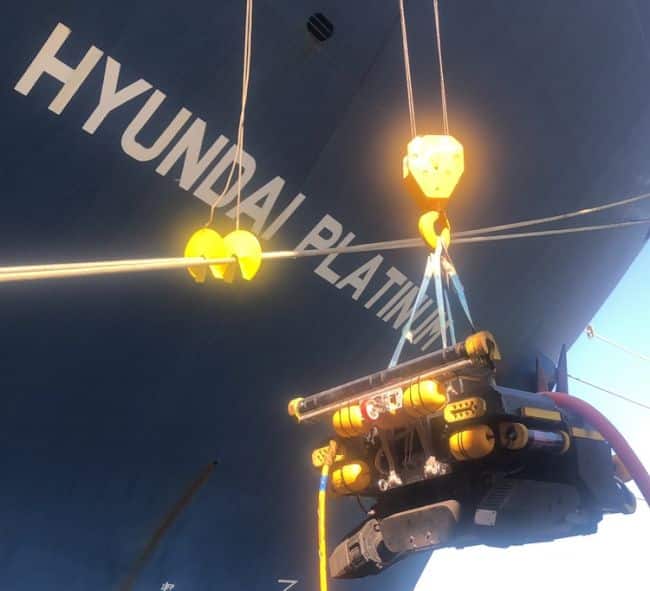
Moreover, several companies have already started using robots for remote inspections of vessels especially during times of travel restrictions.
Even drones are now being used extensively for tasks such as delivering goods to vessels, security and surveillance, and remote inspections.
Implementation of 3D Printing is also being carried out especially to resolve the issue of timely availability of spare parts onboard ships.
As technology evolves further and the importance of human safety is given more importance, we will see more advanced robotic technologies dominating various aspects of the maritime industry.
10 Augmented Reality
Augmented reality is one such technology that is revolutionising almost all industries today. It has a major part to play in the maritime industry as technology progresses.
AR is presently being used mainly for seafarers training and has been implemented by a couple of maritime training institutes. It is helping students to learn from several real-life experiences which would have been otherwise not possible.
AR is also being used for efficient maintenance and inspections of vessels. Using tools such as AR wearables and remote guidance software, repair and maintenance are being carried using visual images and without the physical presence of a technician at the site.
Needless to say, AR is also being used in the shipbuilding and design process, simulating virtual models which can help resolve several issues at the early stage of designing before implementation.
By adopting new technology such as AI, data science and IoT, it is possible to advance this industry to higher levels. As oil prices increase, it is important to look for other avenues where innovation is possible.
By integrating smart ship developments, it provides the entire industry with an outlet for research and creativity.
In addition, it also increases efficiency and helps convert the largest transportation industry into a green sector by focusing on cutting emissions and reducing the carbon footprint.
You may also like to read –
Disclaimer: The authors’ views expressed in this article do not necessarily reflect the views of Marine Insight. Data and charts, if used, in the article have been sourced from available information and have not been authenticated by any statutory authority. The author and Marine Insight do not claim it to be accurate nor accept any responsibility for the same. The views constitute only the opinions and do not constitute any guidelines or recommendations on any course of action to be followed by the reader.
Do you have info to share with us ? Suggest a correction
Latest Maritime Knowledge Articles You Would Like:
Subscribe To Our Newsletters
By subscribing, you agree to our Privacy Policy and may receive occasional deal communications; you can unsubscribe anytime.
Web Stories

About Author
Ajay Menon is a graduate of the Indian Institute of Technology, Kharagpur, with an integrated major in Ocean Engineering and Naval Architecture. Besides writing, he balances chess and works out tunes on his keyboard during his free time.




